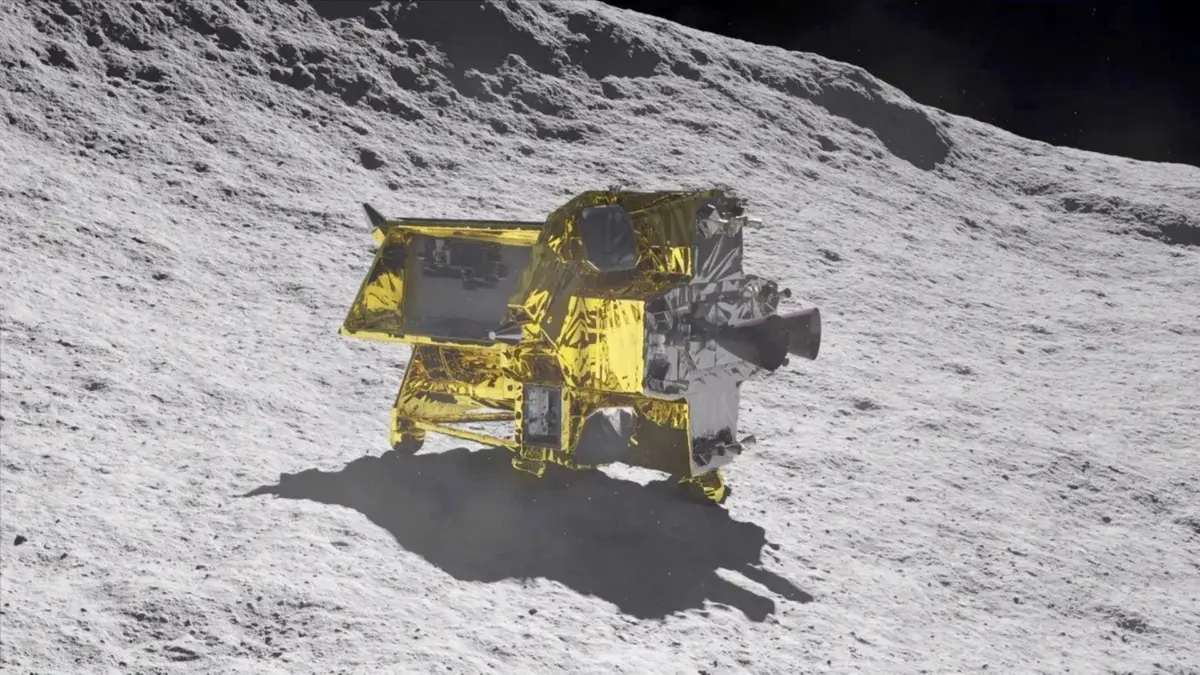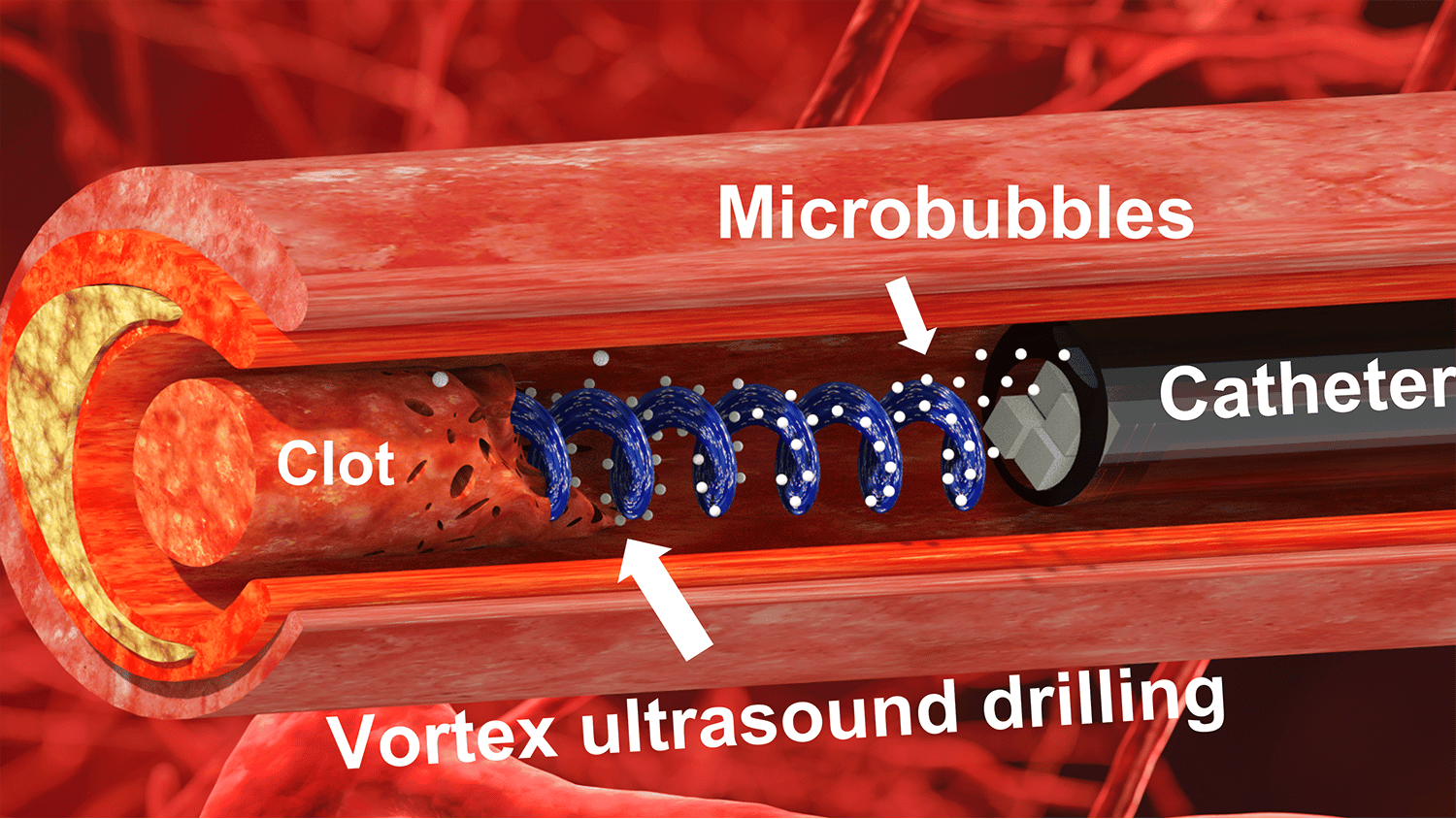In particle physics, astrophysics and space sciences, the finest elements of matter are propelled at close to the speed of light inside a collider — magnetic forces steering them toward their target.
The world’s largest magnet, weighing 50,000 tons, is being designed at the Bhabha Atomic Research Center (BARC) in Trombay, India, and will be part of the Iron Calorimetric (ICAL) detector for trapping atmospheric neutrinos produced by cosmic rays in Earth’s atmosphere. Neutrinos are basic elements of the universe that can tell us about the origin of matter, energy and stars.
The current largest magnet is in use at the Large Hadron Collider (LHC) at CERN in Geneva, Switzerland, weighs 110 tons, and is 16 feet (5 m) wide, 82 feet (25 m) long. This superconducting magnet is a key component of ATLAS, one of the particle detectors at CERN.
The new magnet in India will be iron-based, have three modules and be housed 5,000 feet (1,500m) below the surface of the earth in a cave in a mountain near Madurai University. While BARC designs the huge magnet, it is waiting for final approval from the Indian Atomic Energy Commission. BARC intends to build a prototype for testing first before going through with the final version.
Basic Research In Particle Physics, Astrophysics and Space Sciences
The magnet will be used to conduct basic science and is part of India’s 12th Five Year Plan for the Department of Atomic Energy and the Department of Science and Technology. If the project remains on schedule, construction of the observatory will begin in 2014, finish in 2018 and experiments will begin in 2019. A total of 100 Indian scientists and 26 Indian institutions are collaborating as part of the Neutrino Observatory Project.






